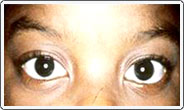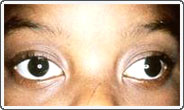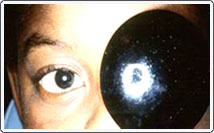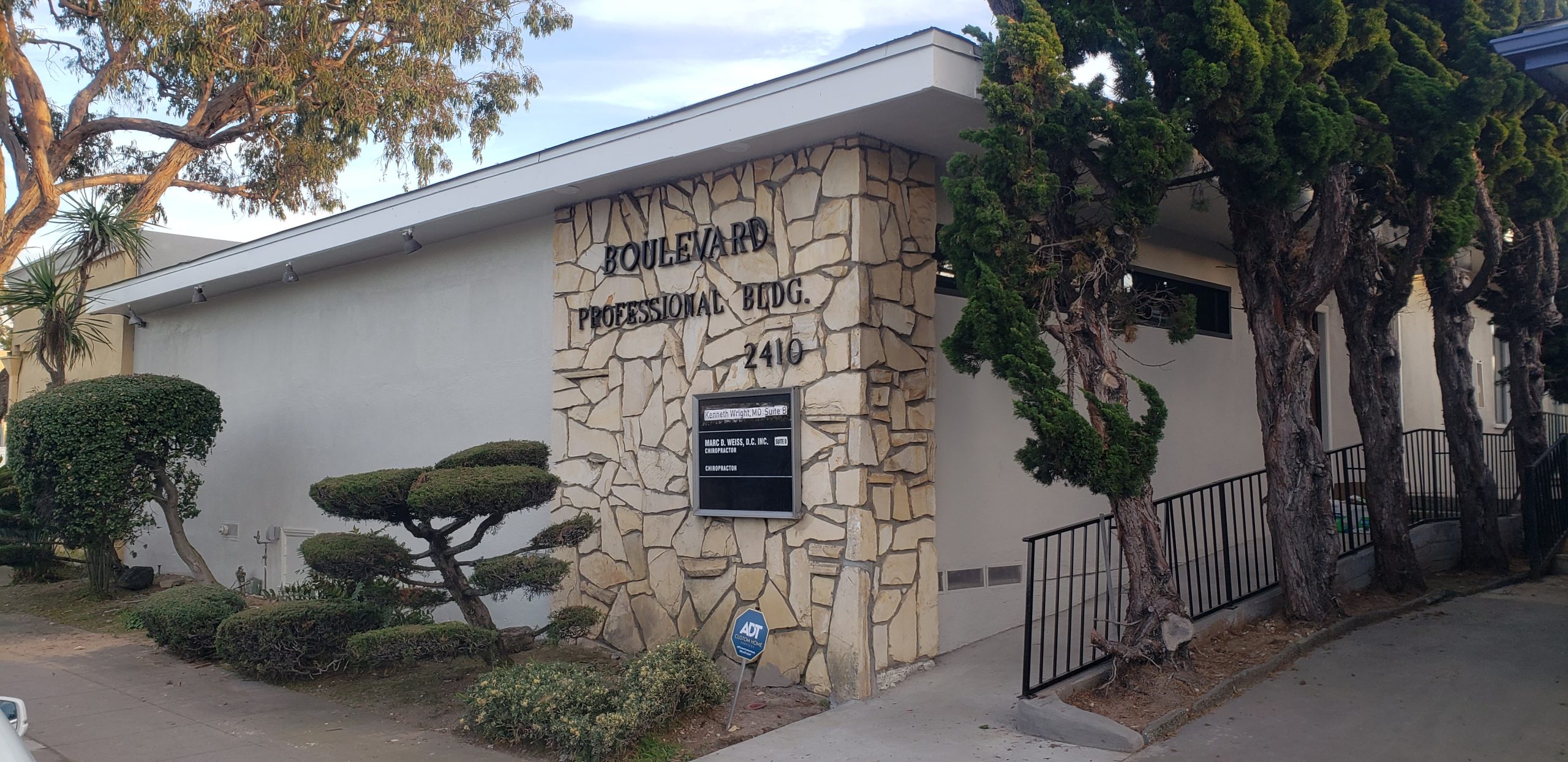Key Points
- Most commonly occurring between ages 2 to 8 years
- Intermittent strabismus: the exotropia occurs when the child is tired or daydreaming
- Patient may squint one eye
- Good stereopsis and binocular fusion when the eyes are aligned.
- Treatment is usually strabismus surgery if the deviation is poorly controlled
A phoria is a tendency for the eyes to drift apart, but alignment is maintained by binocular fusion. A tropia is a manifest deviation of the eyes, without binocular fusion. Small exophorias (the eye tends to drift out but binocular fusion controls the eye alignment) are common in the general population and are easily controlled. Large exophorias, however, may become difficult to control. Intermittent exotropia is an exodeviation that is controlled part of the time by fusional convergence but becomes manifest some of the time. This is, by far, the most common type of exodeviation. The pathogenesis of intermittent exotropia is unknown.
Clinical Manifestation of Intermittent Exotropia
Intermittent exodeviation usually occurs between 2 and 8 years of age, but may present any time between infancy and adulthood. Initially, an exotropia may only be seen when the patient is fatigued or ill. Covering one eye will manifest the exotropia. Thus, this is one form of strabismus best detected by the cover test rather than the corneal light reflex test. Symptoms include blurred vision, asthenopia (vague visual discomfort such as eyestrain or browache), visual fatigue, and photophobia with squinting. The photophobia and squinting is thought to be a mechanism for eliminating diplopia or confusion. The natural history of intermittent exotropia is variable. Approximately 70 % will show an increasing frequency of the exotropia and progressive loss of fusion, 20% will stay the same, and a very small percentage will improve over time.

Eyes are aligned and held straight with convergence – a form of motor fusion.

The cover is removed from the left eye to show that the eye has drifted out.

Left eye occluded to break fusion and discloses a tendency for the eye to drift out.
During the exophoric phase, patients have bifoveal fusion with excellent stereo acuity. When exotropia (manifest strabismus) is present, most patients demonstrate suppression. Occasionally, patients with late onset intermittent exotropia (after 5 or 6 years of age) will experience diplopia. Significant amblyopia is rare in patients with intermittent exotropia.
Treatment of Intermittent Exotropia
In contrast to esotropia, which requires urgent intervention, the treatment of intermittent exotropia is elective. These children have binocular fusion and are well aligned most of the time. Eye muscle surgery is the treatment of choice for most forms of intermittent exotropia. Indications for surgery include increasing exotropia, exotropia present more than 50% of the time, and poor fusion control of the exotropia. Non-surgical treatments include part-time occlusion of the dominant eye, prescribing myopic correction, and eye exercises. However, these interventions act only as temporary treatments, at best, for most types of intermittent exotropia.

